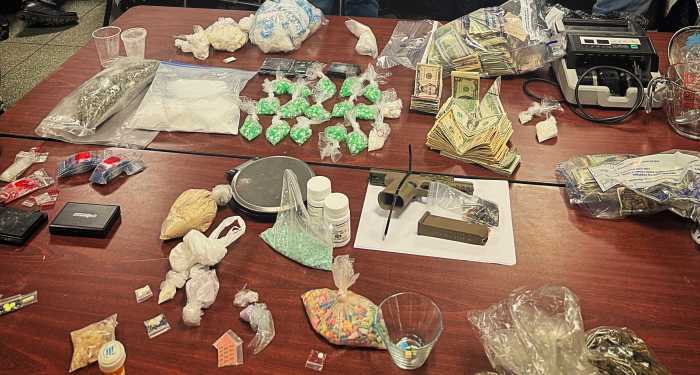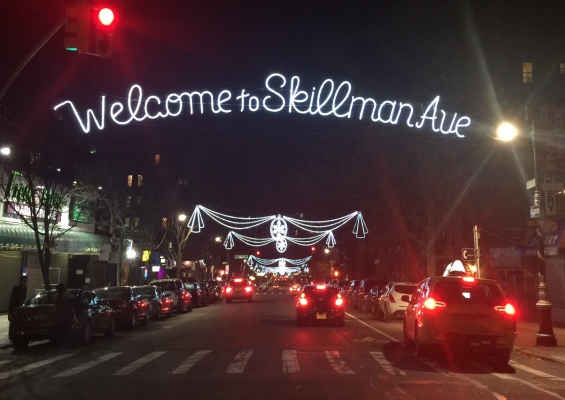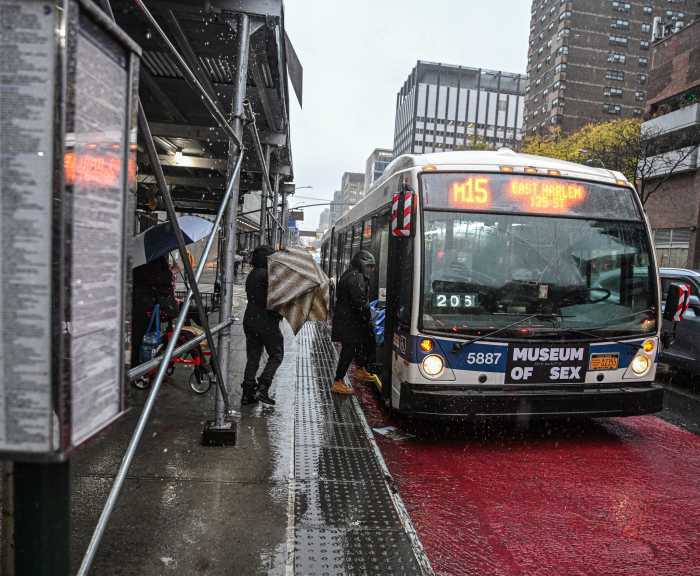Long before the cement trucks begin lining up on Tom Seaver Way and shovels hit the ground on the ambitious Willets Point project across from Citi Field, touted as a transformational endeavor that will bring a 25,000-seat soccer stadium and 2,500 affordable homes to the Iron Triangle, it must first go through the city’s arduous public review process known as Uniformed Land Use Review Procedure (ULURP).
The largest 100% affordable, new construction housing project in four decades will be scrutinized by the Department of City Planning, local community boards, the borough president and Borough Board and the City Council before it ever lands on the desk of Mayor Eric Adams.
The Willets Point project will generate $6.1 billion in economic impact over the next 30 years, creating 1,550 permanent jobs and 14,200 construction jobs, according to the Adams administration.
“We have a once-in-a-generation opportunity to create a brand-new neighborhood, a Willets Point that offers a real opportunity for working people and all New Yorkers,” Adams said when presenting his vision at the Queens Museum last November. “With a fully privately financed soccer stadium, a hotel, and local retail, we will create not only homes but also quality jobs, $6 billion in economic activity, and a true pathway to the middle class. This is what it means to build a ‘City of Yes.’”
The formal public review itself takes seven months, but the pre-ULURP process for an application could add around another year on top of that. After seeing the Innovation QNS project in Astoria divide the community, the Mayor introduced his “City of Yes” effort to streamline the pre-ULURP procedure. It’s an all-hands-on-deck type of work that will involve all five borough offices of the Department of City Planning.
“City of Yes is an opportunity to tackle some of New York City’s biggest challenges — the climate crisis, the housing crisis, and our economic recovery from COVID,” DCP Queens Borough Director Alexis Wheeler said. “Each of these initiatives are meant to get antiquated zoning rules out of the way and make it easier to install green infrastructure, expand small businesses, create affordable housing, and much more. We look forward to discussing each of these plans in-depth with New Yorkers.”
Wheeler joined the Queens office at Borough Hall in 2015 and immersed herself in the explosive growth of Long Island City.

“It’s an area that has one of the most diverse economies in the entire city. And so it’s been a place where we want to make sure that we’re growing jobs and maintaining that diverse economy,” Wheeler told QNS. “Also, it’s an area where we’ve seen 20,000 plus new housing units come online in the past decade. And so, being one of the fastest growing neighborhoods in the country has meant that we really need to be mindful of how quickly it’s changing and how we can keep up with the needs of an evolving and rapidly changing community.”
Wheeler was also active in the Downtown Far Rockaway redevelopment project.
“We’re really giving equitable attention to all of the communities but the Rockaways have long been an important area of focus for us,” she said. “Certainly Superstorm Sandy and the damage that occurred there brought everything into a very clear focus for the city in terms of how we need to be creating a more resilient city amidst our issues with climate change.”
Public outreach is of primary importance to Wheeler.
“We work in an inclusive manner with all of the Queens communities to create a path forward for equitable growth,” she said. “We are really striving to create a resilient Queens where we can build more housing and more pathways to good jobs for all queens residents. Current and future Queens resident.”
To that end, the Department of City Planning created a seven-member Community Planning and Engagement (CPE) division that will transform the way the agency works with communities to ensure their voices are at the center of all planning work going forward.
“To be successful, any efforts at city planning must take the needs, interests, and concerns of all of a city’s residents into account,” Queens Borough President Donovan Richards said. “That’s why I am thrilled the Department of City Planning is showing its commitment to acting on New Yorkers’ needs, interests, and concerns by launching its Community Planning and Engagement Division. This new division will get more residents involved in the city planning process and lead us to a better and more equitable New York City.”


































